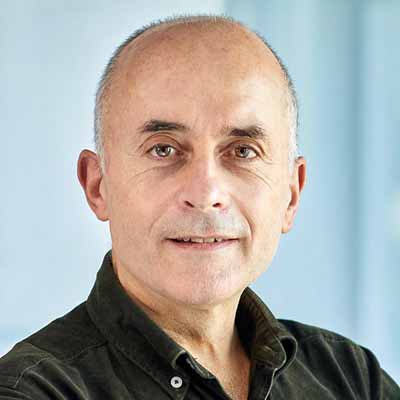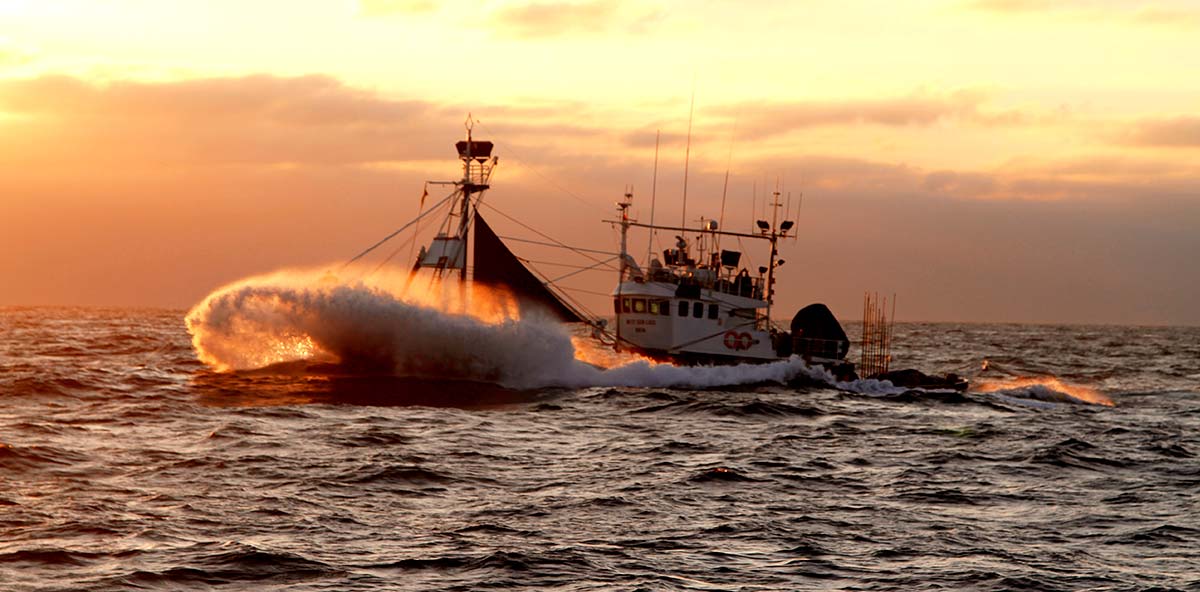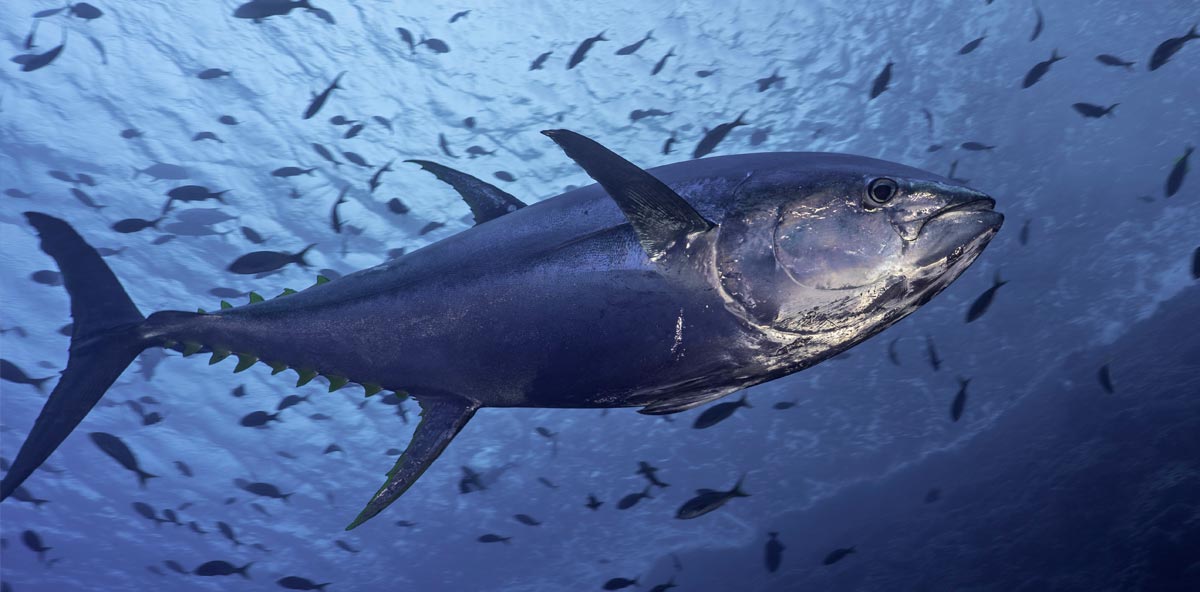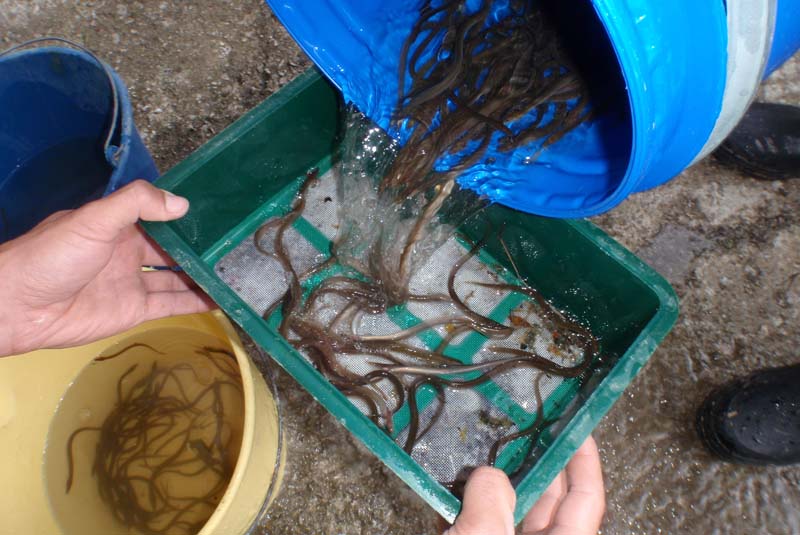PLASTFAUNA
Effect of plastics in the sea: Presence of plastics in marine fauna species on the Basque coast.
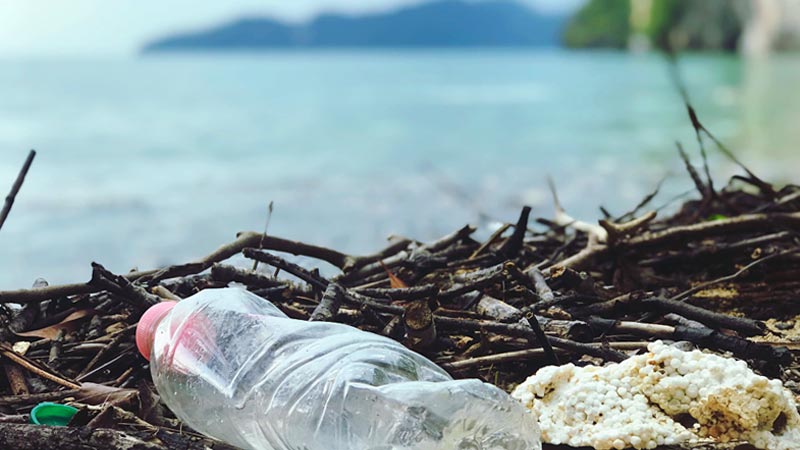
Context
Global annual production of plastic is currently around 320 million tonnes. As much plastic has been produced in the last decade as in all previous history. Of all the plastic produced, only 9% would have been recycled, 12% incinerated and the rest, 79%, would have accumulated in the environment. If this trend continues, it is estimated that by 2050 some 12,000 Mt of plastics will accumulate in the natural environment. The world’s seas are a sink for waste, mostly plastics. It has been estimated that some 8 million tonnes of plastic reach the world’s seas each year.
Once in the sea, due to the action of various environmental factors (solar radiation, physical agitation by waves, friction and abrasion with particles and hard substrates, the action of various organisms) the plastics are broken into small fragments. This produces smaller plastics (microplastics), which are much more difficult to detect and, where appropriate, to collect, and which can also be taken up (ingested) by a wide range of marine organisms.
For all these reasons, the presence and effect of litter – and especially plastics – in the marine environment is one of the main problems and challenges for the conservation and management of the world’s seas. Despite the fact that the study of the impact of marine litter on marine species is of great importance, both from a scientific and regulatory and management point of view, until very recently there had been no study in the Cantabrian Sea or in the Bay of Biscay on the incidence of plastics on seabirds.
Objectives
The main objective of this project is to incorporate new data on plastics ingested by various species of seabirds commonly found on the Basque coast (extending the information obtained in the DEPMIC project in terms of number of individuals, number of species and type of samples to be analysed), as well as contributing to the development of techniques to assess the presence of plastics in other groups of marine fauna, specifically fish and molluscs.
The specific objectives are the following:
- Consolidate a monitoring network for the collection of dead seabirds on the Basque coast (and eventually in other areas of the Bay of Biscay) for the quantification of ingested plastics.
- To carry out a quantification and characterisation of the plastics ingested by seabirds in the Bay of Biscay, especially in birds collected on the Basque coast, by analysing the contents of the birds’ stomachs.
- To carry out a quantification and characterisation of the plastics ingested by shags by analysing the pellets collected from the colonies of nesting birds on the Basque coast.
- Establish a methodological protocol for the evaluation of plastics present in fish and molluscs on the Basque coast.
- To test the method established in the previous point by analysing the plastics present in two samples of molluscs (mussels) collected in the SPA ES0000490, Ría de Mundaka-Cabo de Ogoño marine area.
The project will also contribute to generating knowledge on:
- Endangered wildlife species, both at regional and EU level, included in various catalogues of endangered species.
- Conservation measures in Natura 2000 Network areas. Relevant species in the marine environment of the Basque Country will be studied, so that the results will be of interest in the management plans for marine areas.
- Impact of anthropogenic activities (in this case, the contribution of plastics to the marine environment) on the conservation of the natural environment.
| Funding |
EUSKO JAURLARITZA – GOBIERNO VASCO, Planificación Territorial, Vivienda y Transportes |
| Lenght |
2019-2020 |

